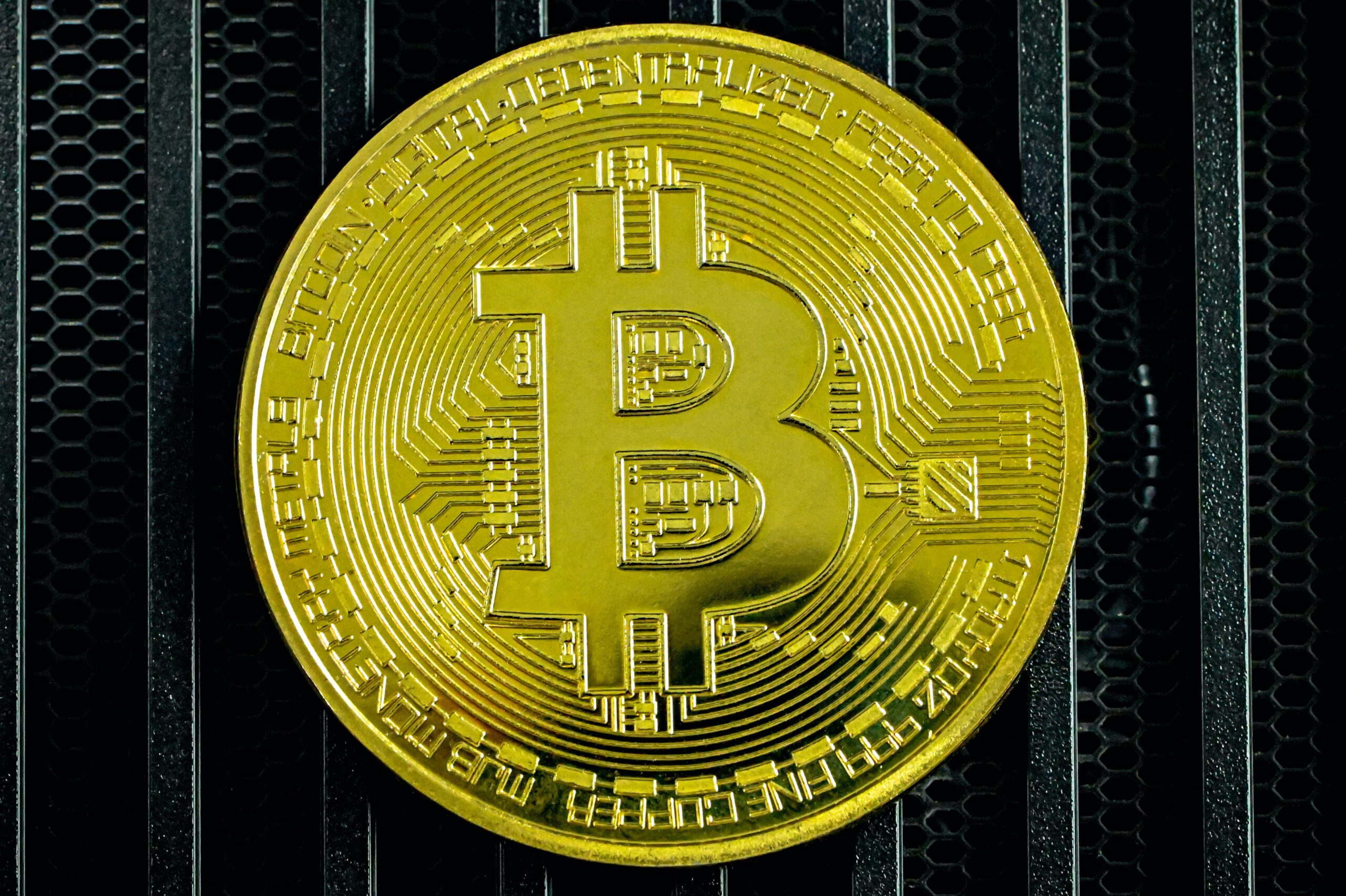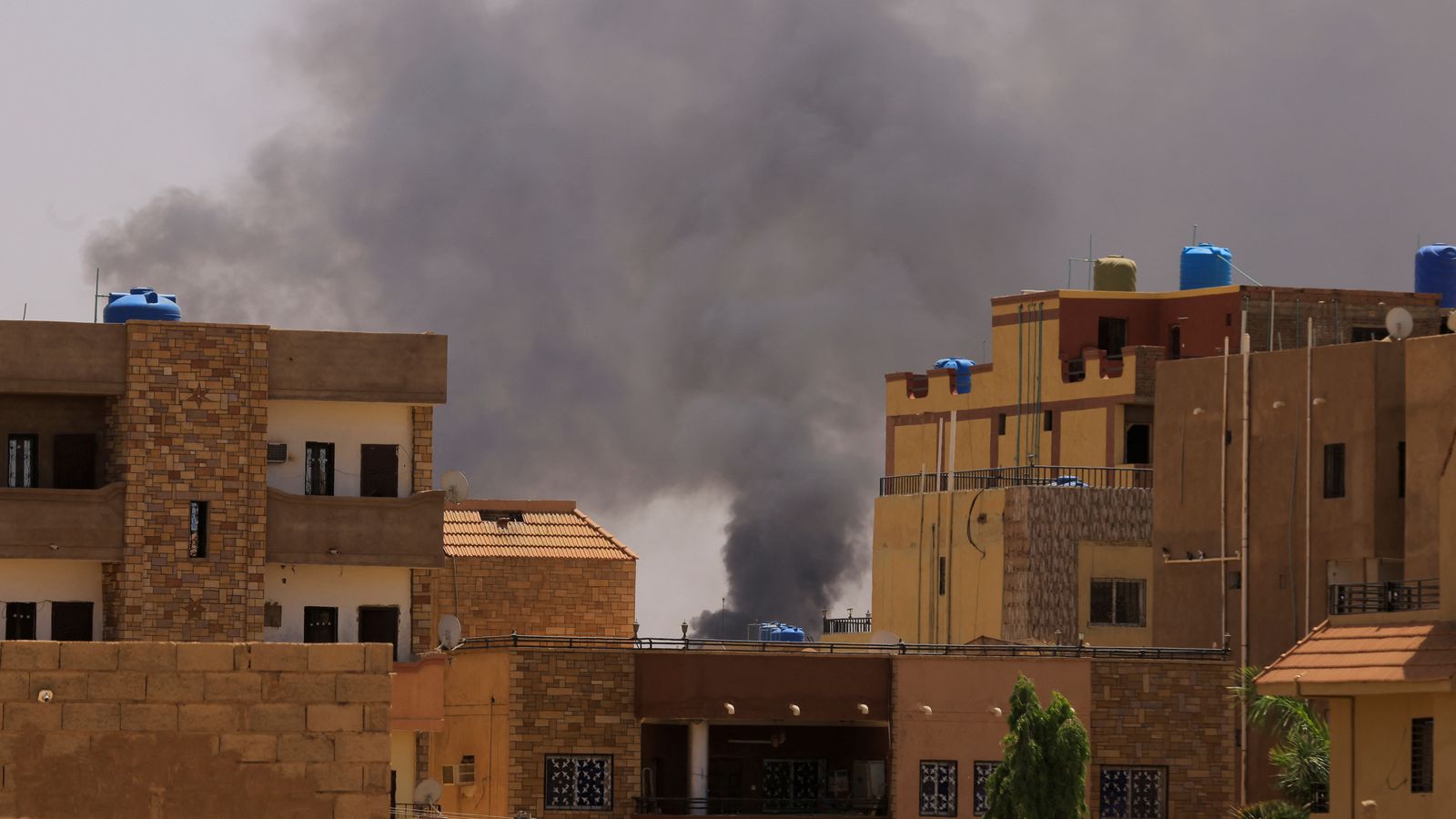
Project Mariana uses an automated market maker to reduce settlement risk and to create a liquidity pool in place of order books.
The Bank for International Settlements (BIS) Innovation Hub published an interim report on Project Mariana, its collaboration with the central banks of France, Singapore and Switzerland, on the use of wholesale central bank digital currency (wCBDC) in tokenized foreign exchange trading. The project is a proof-of-concept that considers questions relating to credit and settlement risk and interoperability.
Specifically, the project looks at automated market makers (AMMs), token standards and network bridges as it “explores the feasibility of an international FX interbank market using wCBDCs on a blockchain-based network.”
An AMM — a smart contract used in decentralized finance — can implement trading and settlement of tokenized assets in a single step, thus reducing risk. For that to happen, technical specifications have to be developed for the wCBDCs and AMMs themselves, as well as the bridges that serve as the on- and off-ramps between the international network and domestic platforms.
Related: Singapore MAS proposes digital money standards with major industry players
The liquidity pool and a bonding curve are integral parts of the proposed AMM design. A bonding curve is simply the price-fixing function for the assets traded. A liquidity pool can replace the traditional use of order books to match buyers and sellers. In this model, the liquidity pool would be formed by commercial banks with all the currencies involved in the project. Access to the trading system would be controlled by whitelists maintained by the central banks.
1/11 Project Mariana, a collaboration between the BIS Innovation Hub, Bank of France, Monetary Authority of Singapore, and Swiss National Bank, is exploring the use of @CurveFinance‘ Curve v2 HFMM for on-chain wholesale CBDC pools.
Truly a milestone for TradFi x DeFi innovation pic.twitter.com/IbUCLvxPmN
— knows (@evmknows) June 28, 2023
A different approach to liquidity can be seen in the Singapore Monetary Authority and Federal Reserve Bank of New York’s Project Cedar Phase II x Ubin+, which used a “vehicle currency” in trades between non-tokenized currencies of differing liquidities.
Project Mariana was launched in November. It released its interim report on schedule and promises to release a final report by the end of the year.
Magazine: Are CBDCs kryptonite for crypto?







